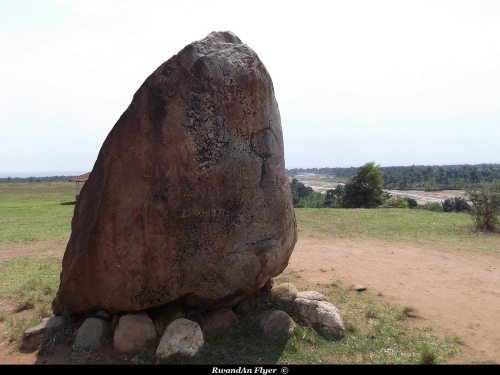Rwanda and Burundi enhance cooperation in parks conservation
19/04/2014
Jean Pierre Bucyensenge
OFFICIALS FROM Rwanda and Burundi have pledged to reinforce bilateral efforts in the conservation of Nyungwe and Kibira parks as a way of curbing existing threats to the forests’ biodiversity.
The pledge was made on Thursday as officials from the two countries met in the southern district of Nyamagabe to discuss strategies aimed at mitigating trans-boundary threats and management of Nyungwe and Kibira landscape.
Faustin Karasira, the Rwanda Development Board’s Head of Product Development said conservation threats can only be solved through sustained trans-boundary collaboration.
“Encroachers can move from one country to another and cause problems. We can eliminate them through joint cooperation,” he said.
The meeting resolved to maintain closer ties to ensure that encroachment on the parks is eliminated and keep devising strategies to ensure that biodiversity is safe and protected.
It also urged leaders in both countries to come up with policies and programmes aimed at improving the socio-economic status of communities living around the parks.
The Director of Burundi’s National Institute of Environment and Nature Conservation, Mohamed Feruzi, said the involvement of all actors, including residents is central to conservation efforts.
In 2008, Rwanda and Burundi signed a memorandum of understanding emphasising mutual partnership in the protection of the shared landscape. The agreement also set ground for the sharing of skills and best conservation practices among actors in both countries.
Nyungwe National Park is one of the most acclaimed biodiversity rainforests in Africa. The park, which covers an area of over 1,000 square kilometres, is home to over 280 bird and 13 primate species and boasts of a diverse ecosystem ranging from rainforest, bamboo, grassland, swamps, rivers to butterflies, moths and insects.
The park is contiguous to Burundi’s Kibira, and together both parks form the largest protected forest block in East Africa.
However various threats including high density of human populations along the parks’ boundaries and human encroachment activities (animal poaching, mining, tree cutting, and fires set by people smoking bees from their hives, among others) still endanger biodiversity within the landscape.
RWANDA NEW TIMES : HERE
A découvrir aussi
- Rwanda invests in Musanze Caves Complex
- Rwanda in top five hot tourism destinations for 2014
- "Kiwita Izina" Gorilla Naming Event Awarded For Tourism Innovation

